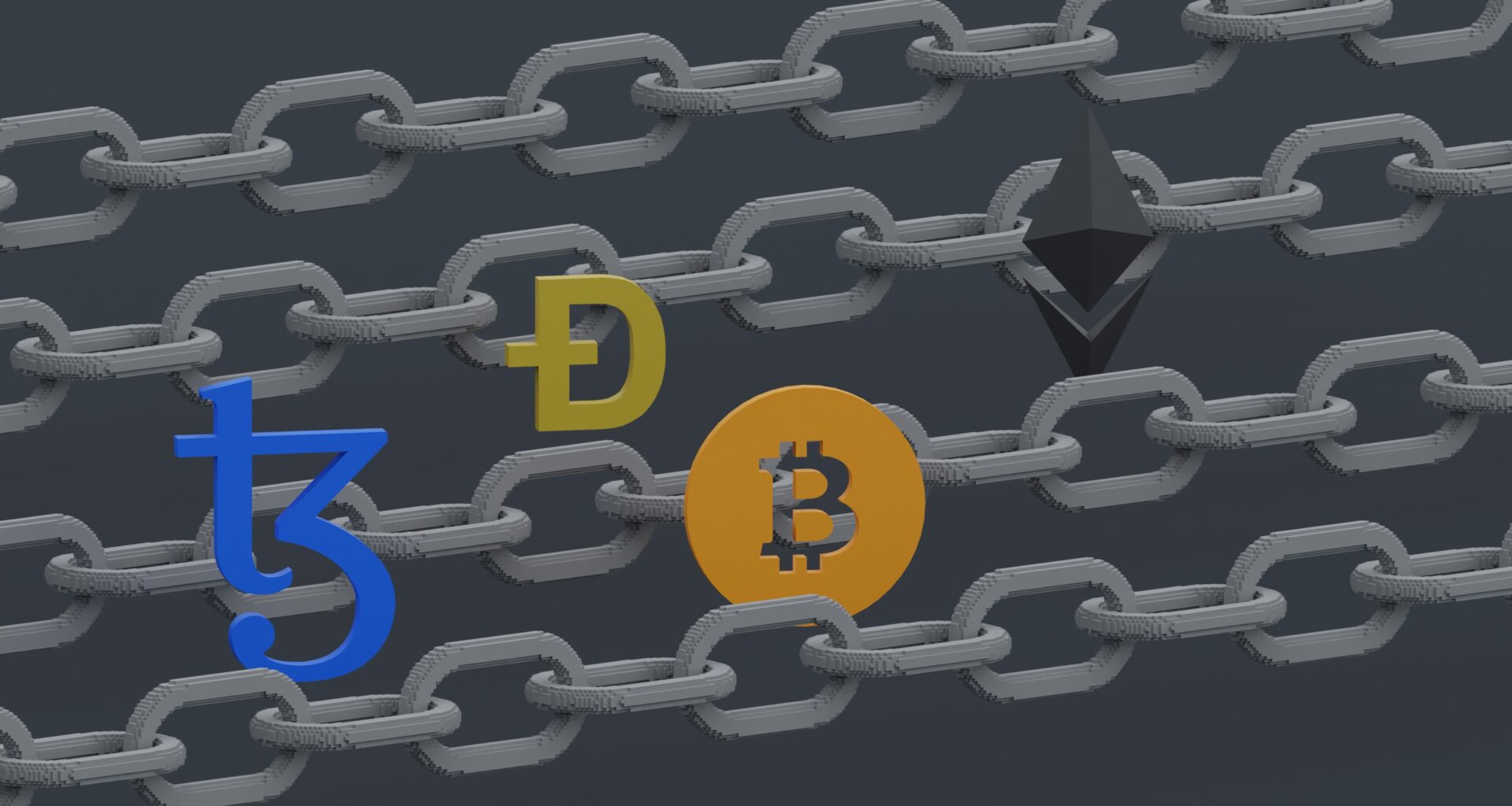Blockchain confirmations refer to the process by which transactions on a blockchain network are verified and added to the blockchain. In the case of the Bitcoin blockchain, a confirmation occurs when a new block is added to the blockchain, and each block contains a certain number of transactions. Each block is added to the blockchain through a process called mining, where specialized computers compete to solve complex mathematical problems in order to validate transactions and add them to the blockchain.
When a transaction is first broadcast to the network, it is considered unconfirmed until it is included in a block. Once a transaction is included in a block, it is considered to have one confirmation. Each subsequent block that is added to the blockchain is considered an additional confirmation.
The more confirmations a transaction has, the more secure it is considered to be. This is because each confirmation represents an additional layer of security and trust, as it demonstrates that multiple miners have verified and recorded the transaction on the blockchain.
The number of confirmations required before a transaction is considered irreversible varies depending on the use case and the level of security required. In general, the more confirmations a transaction has, the more secure it is considered to be. For example, for small value transactions, it is usually considered safe to accept a transaction with just one or two confirmations. However, for larger value transactions, such as buying a house or a car, it is usually recommended to wait for six or more confirmations before considering the transaction irreversible.
The reason for this is that the Bitcoin blockchain is designed to be decentralized, meaning that no single entity controls the network. This means that it is possible for an attacker to try and reverse a transaction by creating a different version of the blockchain, known as a fork. While it is extremely difficult and unlikely, an attacker with enough computational power could create a fork that includes the attacker’s version of the transaction, which would be considered valid by some nodes on the network.
However, as more blocks are added to the blockchain, the likelihood of a successful attack decreases. This is because each new block added to the blockchain makes it more difficult for an attacker to create a fork that is longer than the main blockchain. Once a transaction has six or more confirmations, the likelihood of a successful attack becomes extremely low, and it is considered irreversible.
In conclusion, blockchain confirmations refer to the process by which transactions on a blockchain network are verified and added to the blockchain. Confirmations are important because they provide an additional layer of security and trust to transactions. The more confirmations a transaction has, the more secure it is considered to be. In the case of Bitcoin, having 6 or more confirmations is broadly seen as irreversible on the Bitcoin blockchain because the likelihood of a successful attack to reverse the transaction becomes extremely low. It’s important to understand the concept of blockchain confirmations in order to have a better understanding of the security and functionality of crypto assets.







